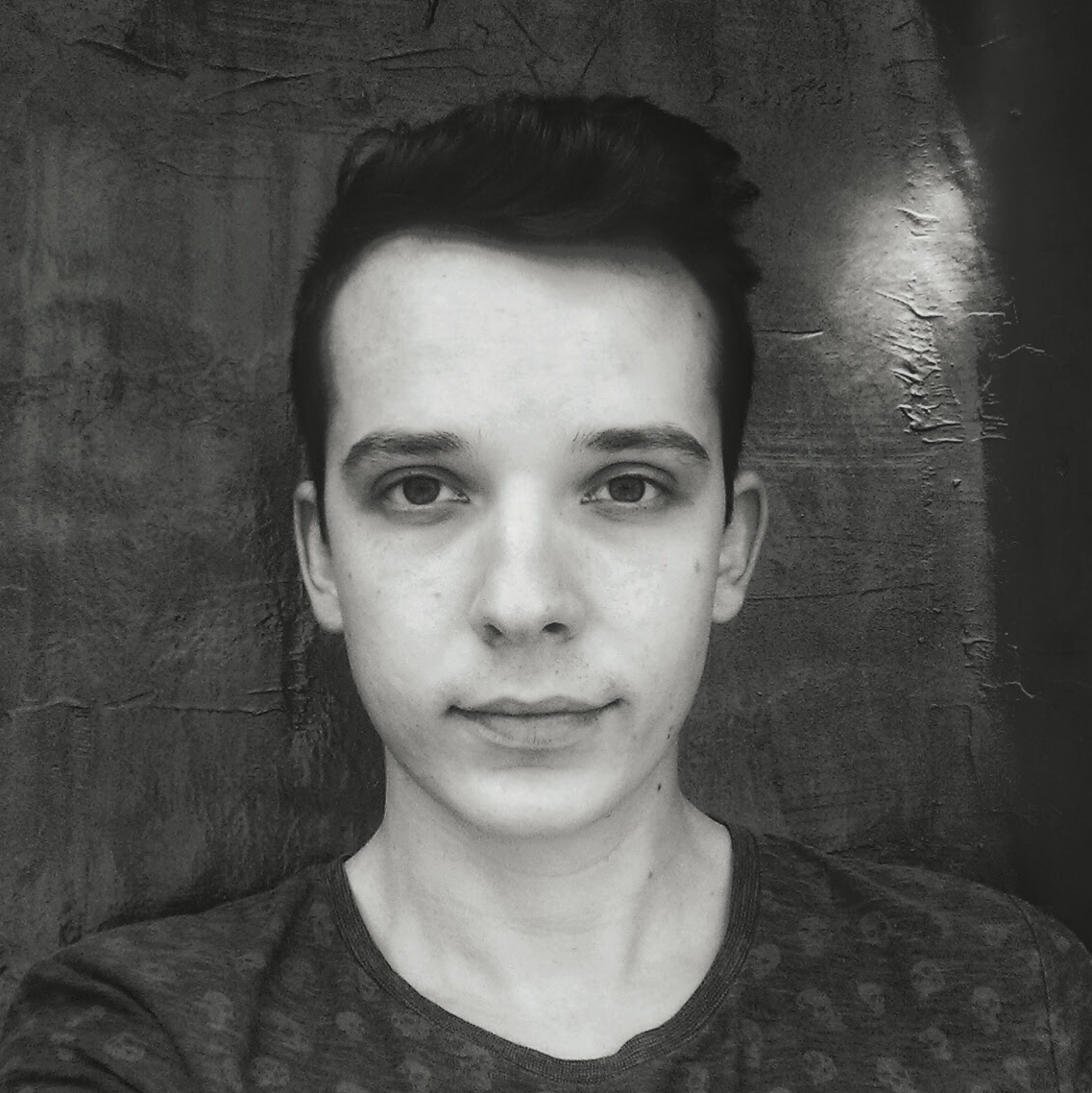Reproduction of Towards Faster and Stabilized GAN Training for High-fidelity Few-shot Image Synthesis
(SLE-GAN)
- 1 minUsage
import sle_gan
G = sle_gan.Generator(output_resolution=512)
G.load_weights("generator_weights.h5")
input_noise = sle_gan.create_input_noise(batch_size=1)
generated_images = G(input_noise)
generated_images = sle_gan.postprocess_images(generated_images, tf.uint8).numpy()
Generated Images
These are not cherry picked



Difficulties throughout reproduction
When I was reading the paper, and I started the implementation I felt that lot of small but important details are missing. You can guess some of that from previous experience but I would love to see a more detailed description on this subject for a 100% reproduction.
Some of these:
- Architecture discussion in details. How the smaller variants (resolutions of 256 and 512) are built up. Whuhc layers are skipped, has reduced filter numbers, etc.
- Training Schedule and some visualization of the loss(es) when training the network
- FID score throughout the training and comparison with the other discussed SOTA models
- Hyperparameters chosen for the different datasets
- Is there any change needed for training with small datasets (<1k images) and big datasets?
